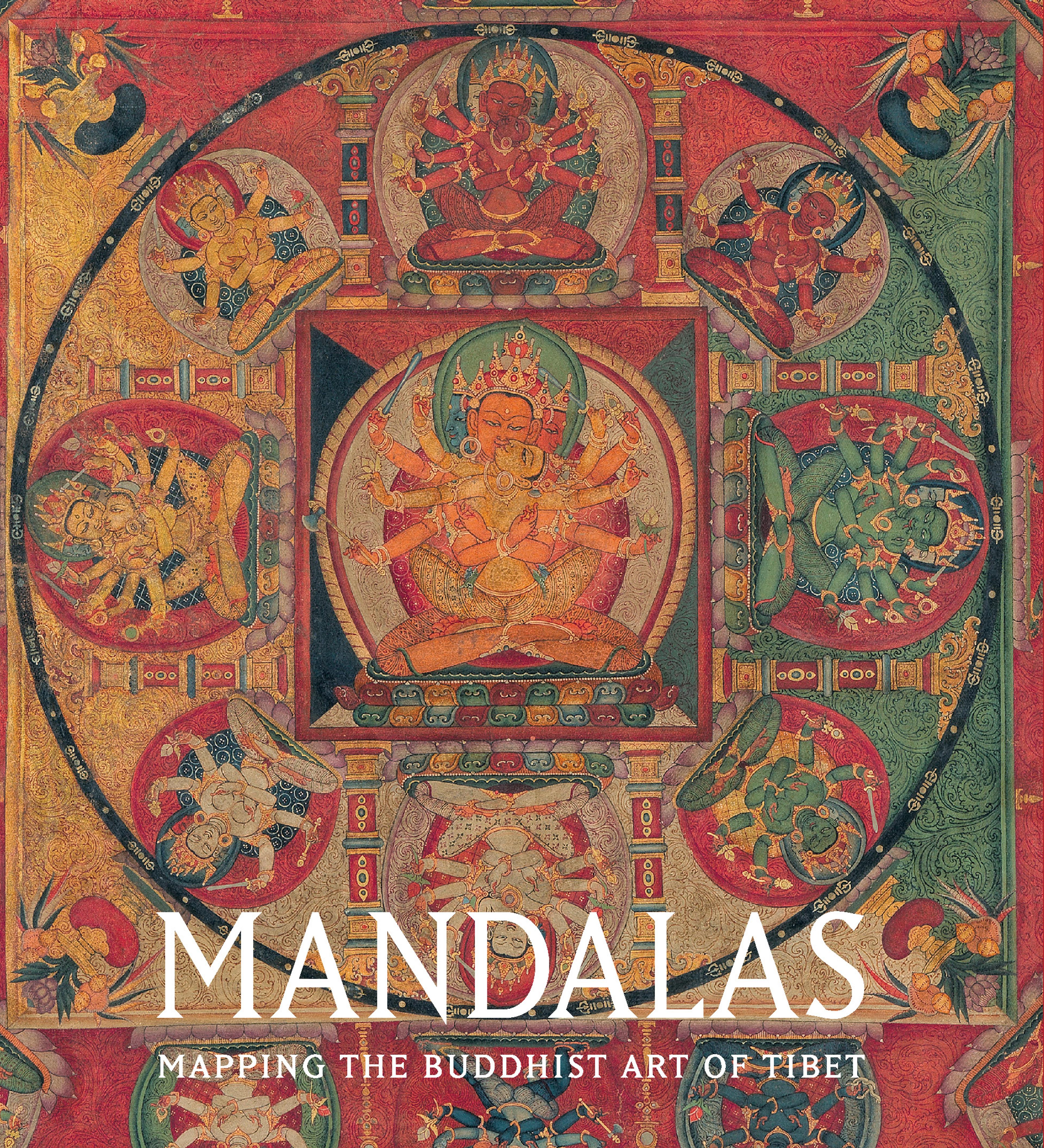Ritual Dagger (Phurba) and Stand
Ritual utensils are the essential tools of Tibetan Vajrayana Buddhism practice, used to drive away the delusions that act as impediments to enlightenment. The phurba (Sanskrit: kila) dagger seen here was designed to symbolically consume the triple poisons of ignorance, greed, and delusion that impede spiritual progress. The phurba is the embodiment of the Vajrakila Buddha, who is empowered to suppress all evil in the world. Its ritual use is first described in the Vajrakilaya Tantra, a Vajrayana text dating to the eighth century or earlier.
Artwork Details
- Title: Ritual Dagger (Phurba) and Stand
- Date: late 14th–early 15th century
- Culture: Tibet
- Medium: Ebony with polychrome
- Dimensions: H. 16 3/4 in. (42.5 cm); W. 3 1/2 in. (8.9 cm); Stand: H. 1 3/8 in. (3.5 cm); W. 4 1/2 in. (11.4 cm)
- Classification: Sculpture
- Credit Line: Purchase, Friends of Asian Art and Mr. and Mrs. Richard L. Chilton Jr. Gifts, 2019
- Object Number: 2019.122a, b
- Curatorial Department: Asian Art
More Artwork
Research Resources
The Met provides unparalleled resources for research and welcomes an international community of students and scholars. The Met's Open Access API is where creators and researchers can connect to the The Met collection. Open Access data and public domain images are available for unrestricted commercial and noncommercial use without permission or fee.
To request images under copyright and other restrictions, please use this Image Request form.
Feedback
We continue to research and examine historical and cultural context for objects in The Met collection. If you have comments or questions about this object record, please contact us using the form below. The Museum looks forward to receiving your comments.
